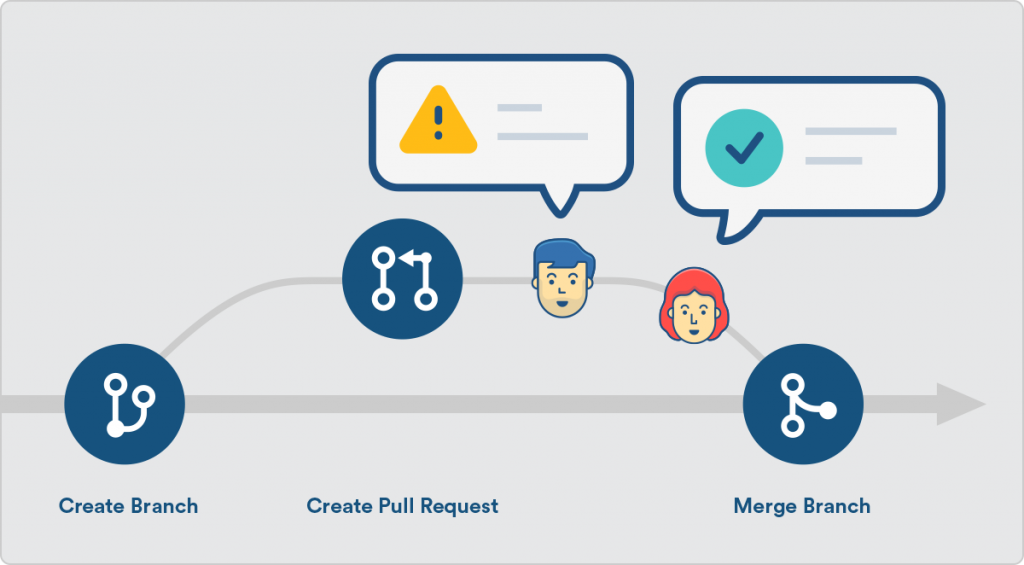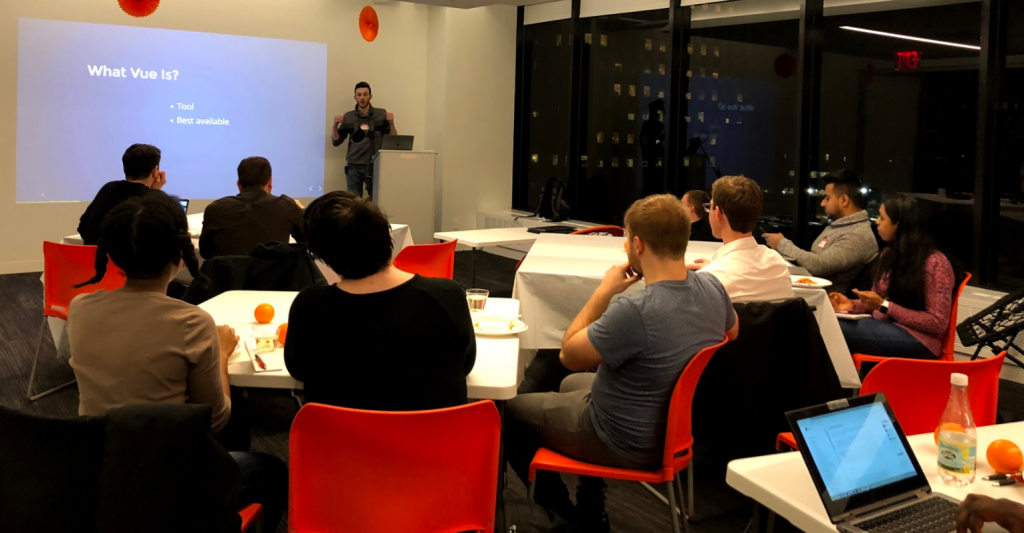Based on an SDET Propel Workshop Presentation And Live Client-Site, Hands-On Demonstration led by: Veda Vyas Prabu, Lead Software Development Engineer In Test and Oleksii Lavrenin, Senior Q&A Test Engineer @ InRhythm on July 12th, 2023
Overview
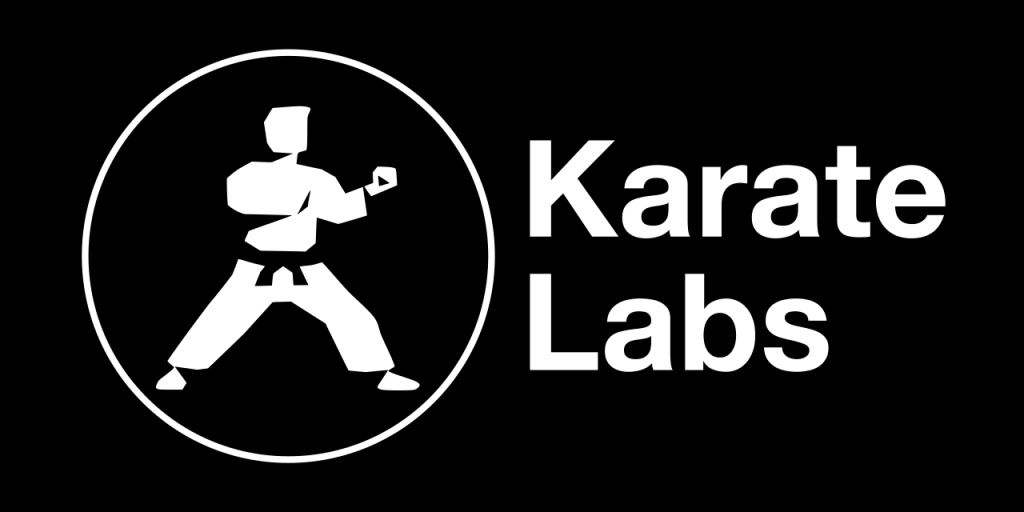
In the world of software development, integration testing plays a crucial role in ensuring that individual components seamlessly work together. However, the complexity of integration testing often poses challenges for SDET (Software Development Engineer in Test) engineers.
Enter Karate, a powerful open-source tool that simplifies and enhances integration testing by combining API testing, mocking, and UI automation into a single framework.
In Veda Vyas Prabu and Oleksii Lavrenin’s Overview Of Karate presentation at our recent SDET Propel Workshop, we will explore the features, capabilities, and best practices of Karate for SDET integration testing:
- Overview
- Understanding Karate
- Getting Started With Karate
- Enhancing SDET Integration Testing Principles With Karate
- Best Practices And Advanced Techniques
- Closing Thoughts
Understanding Karate
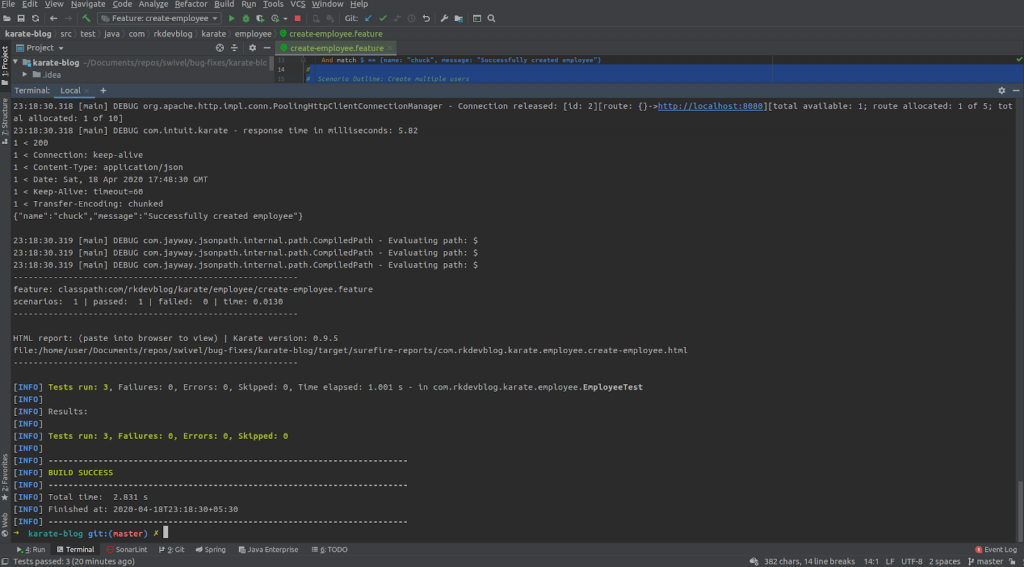
1. Overview And Philosophy
Karate is a testing framework that combines API testing, UI automation, and performance testing into a unified package. It follows the principles of simplicity, reusability, and readability, enabling SDET engineers to write expressive and robust test scenarios.
2. Key Features
- Unified Testing: Karate integrates API testing and UI automation seamlessly, allowing for end-to-end testing of integrated software components
- BDD Syntax: Karate uses a Behavior-Driven Development (BDD) syntax, making tests readable and understandable for both technical and non-technical stakeholders
- Built-in Mocking: Karate simplifies API mocking and stubbing, enabling isolated testing of individual components
- Test Data Management: Karate provides various methods for managing test data, including data tables, external files, and dynamic payloads
Getting Started With Karate
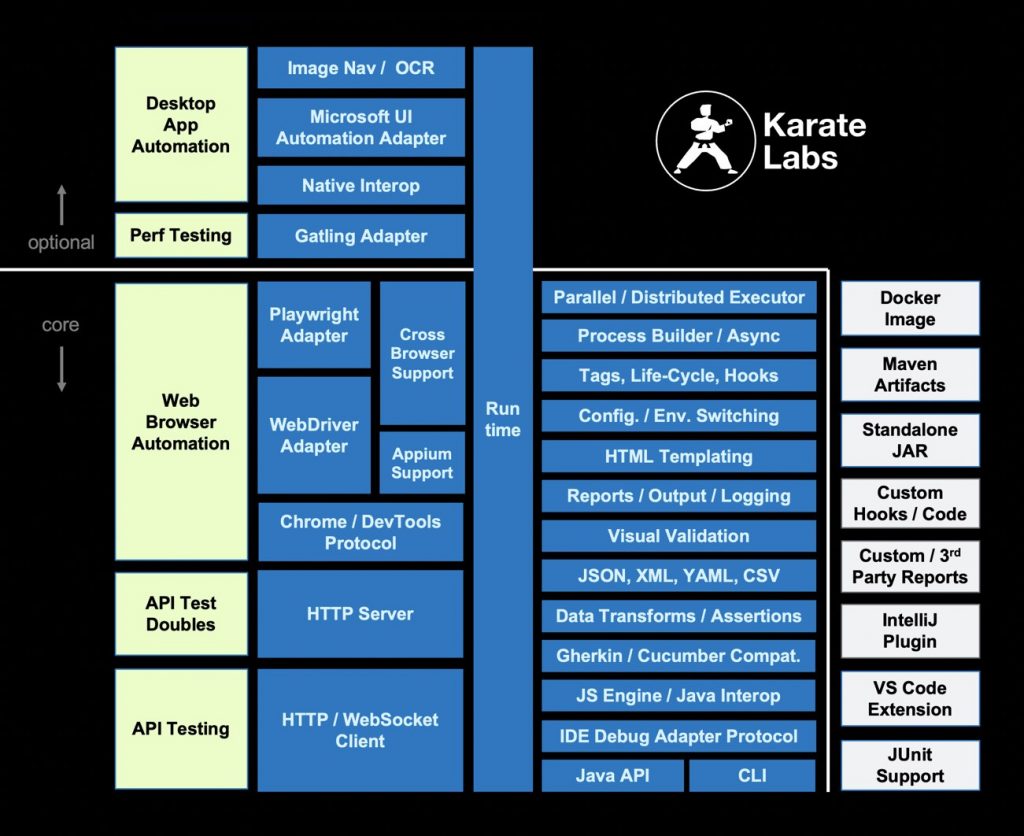
- Installation And Setup
Learn how to install and set up Karate in your testing environment, ensuring a smooth integration with your existing development tools and frameworks.
- Writing Tests With Karate
Explore the intuitive syntax of Karate’s DSL, enabling SDET engineers to write expressive test scenarios using simple, English-like statements. Understand how to define HTTP requests, validate responses, and perform assertions using built-in matchers, and JSONPath expressions.
- Data-Driven Testing
Discover Karate’s powerful data-driven testing capabilities. Utilize data tables, external files (such as CSV or JSON), and dynamic payloads to create tests that cater to various scenarios and input variations.
Enhancing SDET Integration Testing Principles With Karate

- Comprehensive Testing
Karate empowers SDET engineers to achieve comprehensive test coverage by seamlessly integrating API testing and UI automation. This allows for end-to-end testing of integrated software components, ensuring their proper behavior and functionality.
- Collaboration And Communication
Karate’s BDD syntax promotes collaboration between technical and non-technical stakeholders. Test scenarios written in a human-readable format help foster clear communication, shared understanding, and collaboration among developers, testers, and business stakeholders.
- Isolated Component Testing
Karate’s built-in mocking and stubbing capabilities enable SDET engineers to isolate the testing of individual components. This ensures that each component behaves as expected and validates their integration into the larger system.
- Reusability And Maintainability
Karate promotes reusability by providing a modular and structured approach to test development. SDET engineers can create reusable test functions, making it easier to maintain and update test suites as the application evolves.
Best Practices And Advanced Techniques
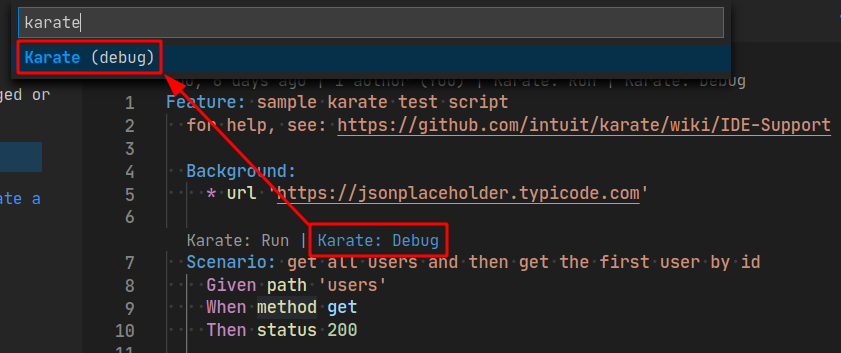
- Test Organization And Structure
Follow best practices for organizing and structuring your Karate test suite. Group tests logically, utilize features and tags, and establish naming conventions to improve test maintainability and readability.
- Reporting And Integration
Utilize Karate’s built-in reporting capabilities to generate detailed test reports that provide valuable insights into test execution and results. Integrate Karate with popular collaboration tools, CI/CD pipelines, and reporting frameworks to enable seamless testing workflows and effective team collaboration.
Closing Thoughts

Karate is a powerful testing framework that enhances SDET integration testing principles by combining API testing, UI automation, and performance testing into a single package. By leveraging Karate’s intuitive syntax, comprehensive testing capabilities, and collaborative nature, SDET engineers can achieve comprehensive test coverage, promote clear communication and collaboration among stakeholders, and validate the behavior and integration of software components with ease. With Karate, you can streamline your testing efforts, improve software quality, and enhance the efficiency and effectiveness of your SDET integration testing processes.
Embrace Karate as your go-to testing framework and elevate your testing practices to new heights.
